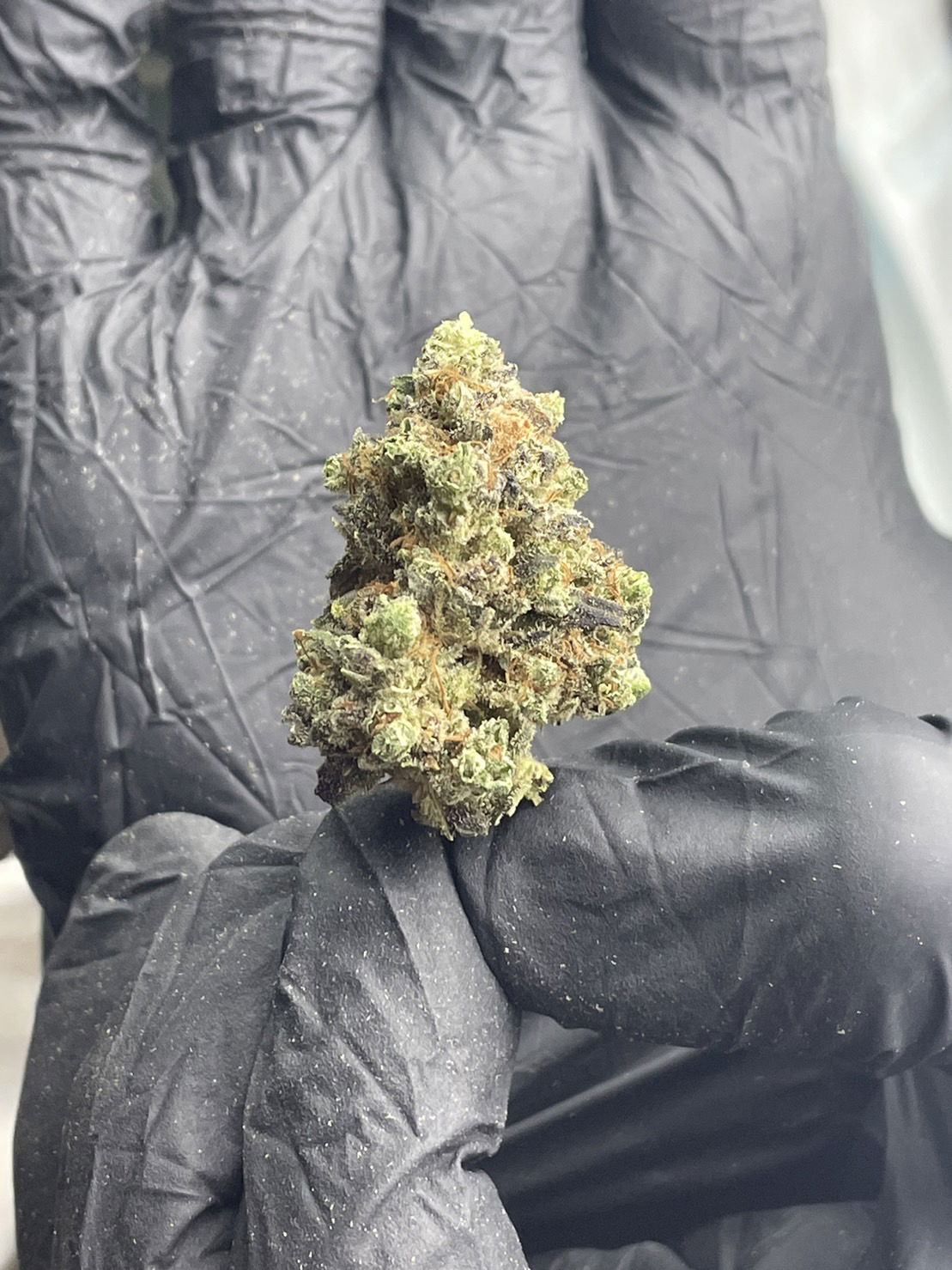Pros and Cons: Wet Trimming vs Dry Trimming

Pros and Cons: Wet Trimming vs Dry Trimming
When it comes to trimming marijuana buds after harvest, growers have two main options: wet trimming or dry trimming. Both methods have their advantages and disadvantages, and the choice between the two can depend on various factors such as personal preference, time constraints, and the desired end result. In this article, we will explore the pros and cons of both wet trimming and dry trimming to help growers make an informed decision.
Wet Trimming
Wet trimming involves trimming the marijuana buds immediately after harvest when they are still fresh and full of moisture. Here are some of the pros and cons of wet trimming:
- Pros:
1. Easier to handle: Wet trimming is generally easier to handle as the leaves are more flexible and easier to manipulate. This can make the trimming process quicker and more efficient.
2. Minimizes contamination: Trimming the buds when they are wet helps to minimize the risk of contamination. Trichomes, the resinous glands on the buds that contain cannabinoids and terpenes, are less likely to be disturbed or displaced during wet trimming, ensuring a higher quality end product.
3. Preserves aroma: Wet trimming can help preserve the aroma of the buds. Trimming when the buds are moist allows the terpenes, which are responsible for the unique scent of each strain, to be retained more effectively.
- Cons:
1. Slower drying process: Wet trimming can slow down the drying process. The excess moisture from the trimmed leaves can make it harder for the buds to dry evenly, potentially leading to mold or mildew formation.
2. More difficult manicuring: Wet trimming can make it more challenging to achieve a manicured appearance on the buds. The moisture in the leaves can cause them to stick together, making it harder to achieve a clean and professional trim.
3. Increased labor: Wet trimming requires more labor as the buds have to be handled delicately to prevent damage. This can be time-consuming and may require additional resources.
Dry Trimming
Dry trimming, on the other hand, involves trimming the marijuana buds after they have been dried. Here are the pros and cons of dry trimming:
- Pros:
1. Easier handling: Dry buds are generally easier to handle as they are stiffer and less likely to be damaged during trimming. This can make the process quicker and less labor-intensive.
2. Quicker drying: Dry trimming can speed up the drying process. By leaving the leaves intact during the drying phase, the moisture is retained within the bud, allowing for a more even and efficient drying process.
3. Improved appearance: Dry trimming can result in a better manicured appearance. The leaves are dry and less likely to stick together, making it easier to achieve a clean and aesthetically pleasing trim.
- Cons:
1. Contamination risk: Dry trimming can increase the risk of contamination. Handling dry buds can cause the trichomes to be disturbed or displaced, potentially reducing the overall quality of the end product.
2. Loss of aroma: Dry trimming can lead to a loss of aroma. The terpenes can evaporate more easily when the buds are dry, resulting in a less potent and aromatic final product.
3. Requires more effort: Dry trimming requires more effort in terms of cleaning up the trimmed leaves. Dry leaves tend to break off more easily, leaving behind particles that need to be removed to enhance the overall appearance of the buds.
Conclusion
Ultimately, the choice between wet trimming and dry trimming will depend on individual preferences and specific circumstances. Wet trimming can be advantageous for preserving the aroma and minimizing contamination, but it may slow down the drying process and require more labor. On the other hand, dry trimming can result in a better manicured appearance and quicker drying, but it carries the risk of contamination and a loss of aroma if not dried and cured correctly.
It is important for growers to consider these pros and cons and weigh them against their own priorities and constraints. They may also choose to experiment with both methods and determine which one yields the best results for their specific growing conditions.
In the end, whether you opt for wet trimming or dry trimming, what matters most is the quality of your final product and the satisfaction it brings to you as a grower.